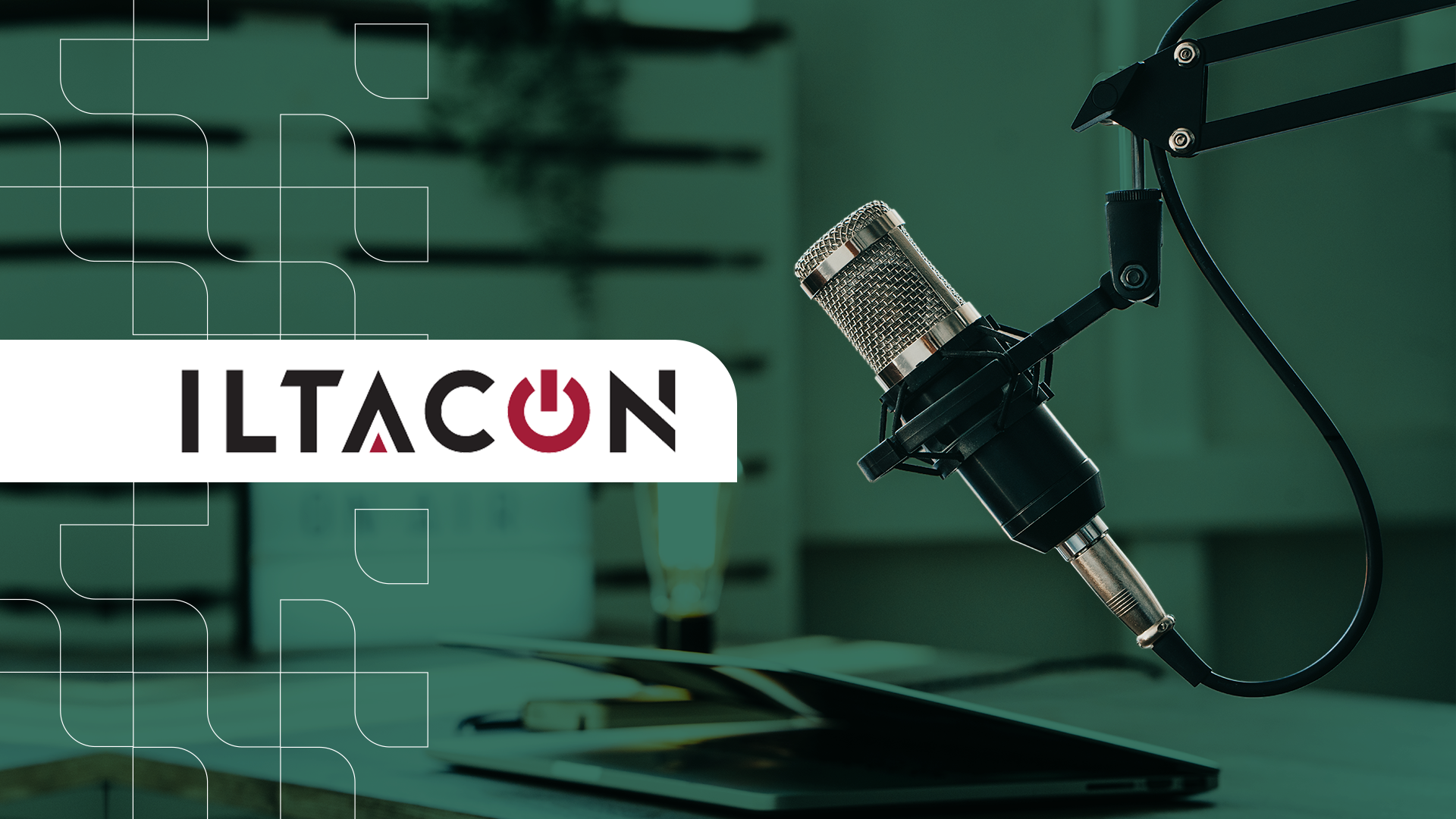Legalweek 2024 Takeaways for Midsize Law Firms

One of our favorite parts about attending events like Legalweek is the opportunity to connect and learn from other legal professionals. During Legalweek 2024, we had the opportunity to sit in on several insightful sessions and luckily our team took notes on recurring themes and helpful takeaways for midsize law firms.
Here’s what we gathered.
It’s time for mid-market to shine
Before diving into technology-based takeaways, we wanted to say that the midsize law firm market is an area that has been underserved for years, and legal tech companies are finally catching on. Midsize law firms are classified as 20-250 employees and they typically struggle with the high-pressure demands and expectations of clients, while not having the same resources as bigger law firms. We’ve seen technology partners make a shift to offering solutions that not only support the unique needs of midsize law firms but offer these tools at an achievable price. This is something all of us at Actionstep are excited about because it’s an area of the legal market we have always felt extremely passionate about supporting and it drives what we do.
Download our 2024 US Midsize Law Firm Priorities Report to discover how midsize firms can keep up with a changing landscape and make strategic investments for the next-gen workforce.
The importance in a strategic plan
Now onto the tech. It’s crucial for midsize law firms to outline their objectives and criteria before adopting new technology. The 80/20 rule resonated strongly with our team when it comes to adopting new technology. This rule is defined as finding tools that fulfill most of your needs can significantly streamline the selection process. While it may be challenging to find a single tool that ticks all the boxes, consulting with peers, your network, and looking for reputable integrations can help you identify solutions that align best with your firm’s goals.
Once the technology is adopted, the end goal is that your team will start seeing improved workflows, productivity, and more time on their hands. It’s important for firms to set expectations on how this time will be spent. Is it with clients? Is it to have more headspace to think about strategy? Is it to work on business development? This is just as important to your strategy as kicking off the strategy!
AI is all the rage, but it needs to be taught and practically used
Artificial intelligence has sparked excitement and apprehension within the legal community. Many law firms have already implemented AI tools into their law practices, while others remain hesitant. Concerns about privacy and governance still dominate AI conversations, but there’s a growing recognition of AI’s potential to transform legal processes (especially when paired with intuitive automation). With AI transforming the way law firms operate, legal education needs to evolve to equip future lawyers with the necessary skills to navigate an increasingly tech-driven landscape. Universities like Suffolk, Stanford, and Northeastern are integrating business and tech into their curriculum, emphasizing the importance of practical experience and real-world application.
Before implementing AI (or other technology), midsize law firms need to understand the practical use cases of the tools they’re using, and how it is going to (1) aid lawyers, (2) give lawyers space and capacity to work on top-level issues, and (3) reduce burnout. There’s a big opportunity for more midsize law firms to adopt new technology, but getting their teams to adopt it and use it practically is just as important.
Change management and tech adoption strategies
The AI movement has sparked interest in other areas of legal technology. More midsize law firms are exploring ways to improve their tech stack, so they have a fully functioning and sufficient tech ecosystem. Successfully implementing tech solutions requires effective change management and adoption strategies. Understanding stakeholders’ concerns and addressing previous adoption challenges are important steps in this process. You should also be selective about the tools introduced and actively involve users in testing and feedback loops to help mitigate fatigue and ensure smoother transitions of technology use. Internal marketing and demonstrating clear benefits are also essential for driving adoption and fostering a cultural shift toward technology integration.
The future of law firm leadership
Looking ahead, there’s a clear realization that tech proficiency will be a defining factor in law firm leadership. As technology advances, leaders who embrace and understand its capabilities will be better positioned to drive innovation and navigate future challenges (and keep up with the next generation of technologically advanced lawyers). This shift emphasizes the importance of ongoing education and professional development within the legal profession.
Deploying tech solutions within midsize law firms is not just about adopting the latest tools, it’s about strategic planning, effective change management, and embracing a culture of innovation. By leveraging technology wisely, legal professionals can enhance productivity, improve client experiences, and position themselves for long-term success in the digital world we’re all adapting to. We encourage midsize law firms to embrace technology as it will be defined by those who are willing to adapt, innovate, and harness the power of technology to drive positive change – and in the end support the clients who need your expertise.
Learn how Actionstep’s legal business management platform can adapt to how your firm works. Book a demo here.


